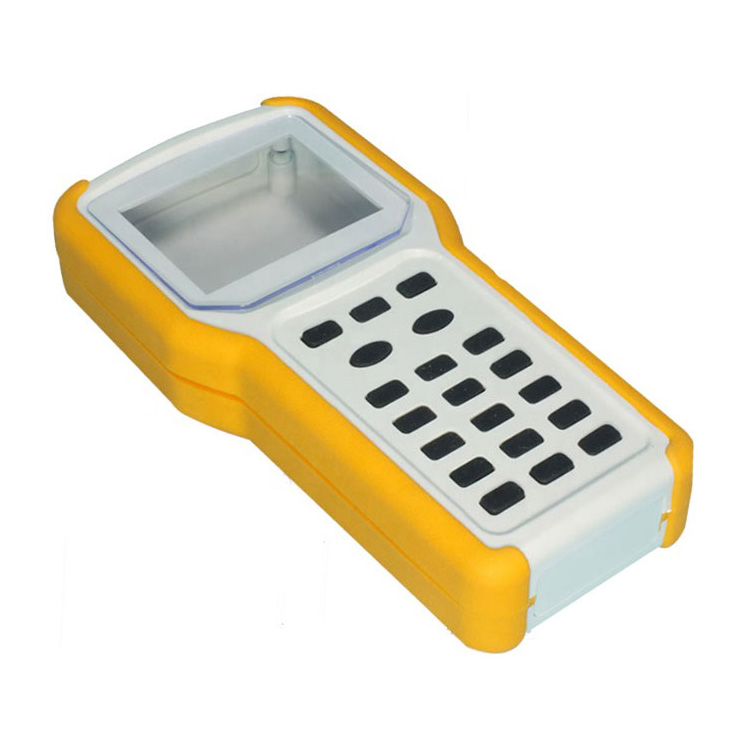
What areThe Methods and Common Processing Problems of Over Molding Molds?
Adhesive mold is a special type of injection mold commonly used to produce products composed of two or more materials, such as toothbrush handles, mice, buttons, etc. The method of using adhesive molds and common processing issues involve multiple aspects. The following are detailed answers to these questions:
Design and Preparation:
1.When the molds are being designed , it is necessary to consider the structure and material characteristics of the product, and determine the injection sequence and position of plastic part and soft rubber part.
2.Design the clamping position and air avoidance position for the secondary placement of the product, so that the product can be placed in the designated position faster and more accurately, avoiding squeezing.
3.The shrinkage of the product should also be considered when designing the mold. Usually, only the first mold product is shrunk.
Injection molding:
1.Firstly, the plastic part is injected molded in a regular injection molding machine.
2.After the plastic part is formed, it is processed (such as removing burrs, cleaning, etc.) and then manually or automatically placed in another set of molds.
3. Inject the soft rubber part into the second set of molds to obtain the desired product.
Two color mold injection molding:
1.Two color molds are divided into integral two-color molds and split two-color molds. The integral two-color mold combines two sets of molds into one set, but the front mold part is different and needs to work independently. The two-color split mold requires two sets of molds to be set up, and during installation, it is necessary to ensure that both are at the same height and have no positional deviation.
2.Dual color machines usually have two or more barrels, which can simultaneously inject two materials to improve production efficiency.
2,Common processing issues
During the processing of encapsulation molds, the following common problems may be encountered:
Deviation in dimensions of injection molded parts:
1.Due to the general practice of injecting hard rubber before soft rubber during encapsulation injection molding, and the fact that soft rubber usually does not have strict size requirements, if the timing of the two injections does not meet the requirements, it is easy to cause dimensional deviations.
2.The solution includes adjusting injection time, temperature, pressure and other parameters to ensure that the two injections can fit tightly together.
The package is not tight:
1.The compactness of the two materials wrapped is related to the roughness of the mold surface. The surface of the mold may be too smooth or rough, which can lead to loose packaging.
2.The solution includes adjusting the roughness of the mold surface, using specialized two-color mold materials, and avoiding the use of excessive release agents when debugging injection molded parts.
Long molding cycle:
1.Rubber injection molding requires two injection molding processes, so the molding cycle is relatively long. This will affect production efficiency.
2.Solutions include optimizing injection molding process parameters, improving the performance of injection molding machines, and using more efficient two-color injection molding machines for production.
Mold pressing issue:
1.During the process of placing the semi-finished product from the first injection molding into the second molding mold, if the product is not placed in the designated position or if there is a deviation in the position, it is prone to mold pressing.
2.The solution includes strengthening employees' production awareness and ensuring that products are accurately placed in molds; Or adopt dual color molding production to reduce manual operation steps.
Material compatibility issues:
1.The compatibility between plastic part and soft rubber part adhesives needs to be matched, otherwise it may lead to poor bonding effect.
2.The solution includes selecting a material combination with good compatibility and conducting sufficient material testing and verification before injection molding.
Exhaust problem:
1.Leaving gas inside the mold cavity can affect the quality of injection molded parts.
2.The solution includes setting reasonable exhaust slots or exhaust holes in the mold design to ensure smooth gas discharge.










